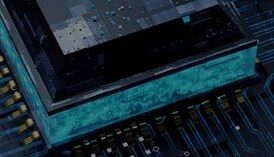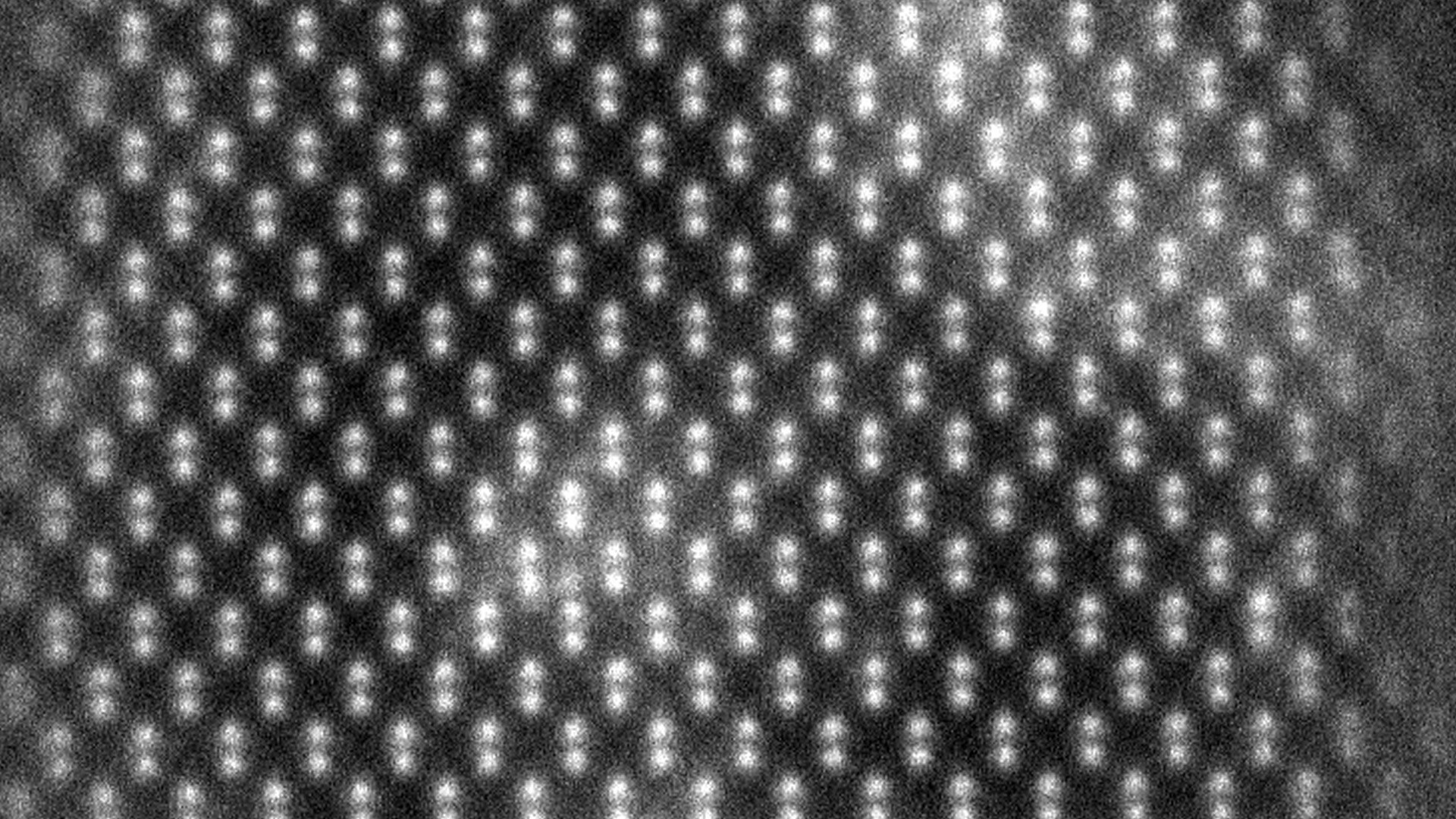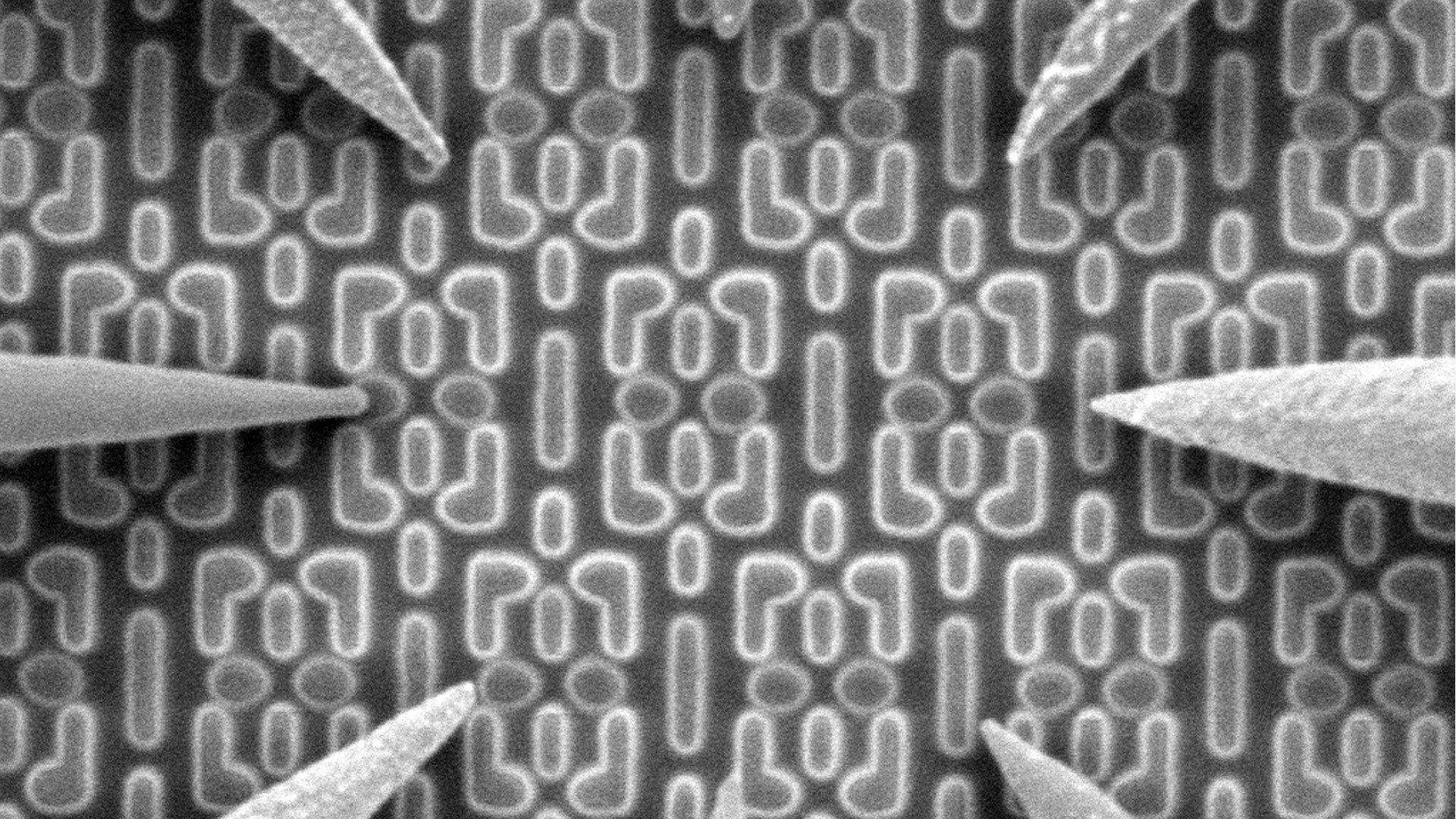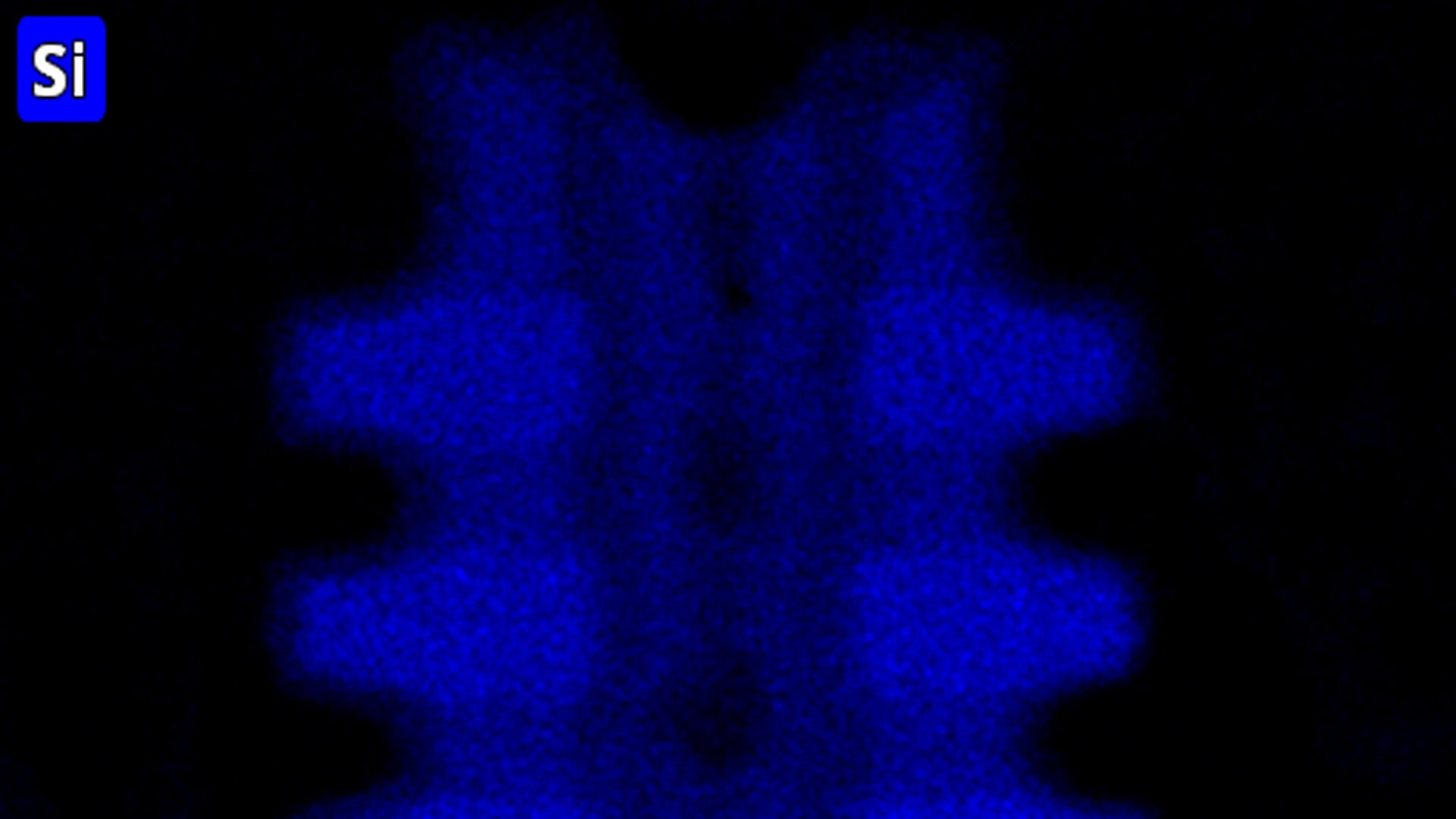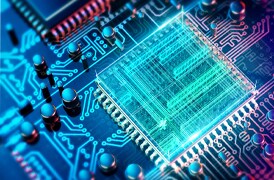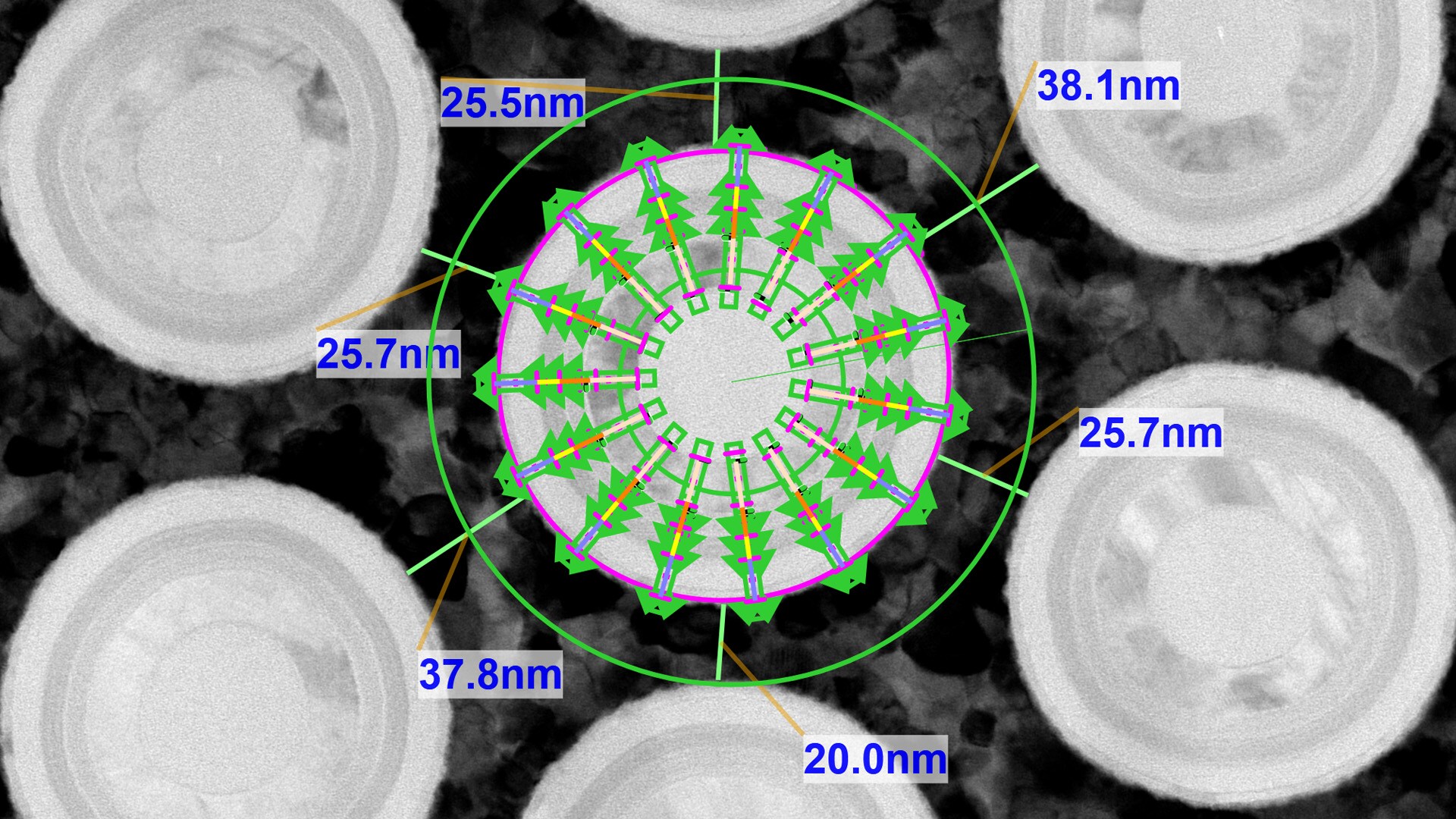Search Thermo Fisher Scientific
- Contact Us
- Quick Order
-
Don't have an account ? Create Account
Search Thermo Fisher Scientific
Semiconductor devices can fail for many reasons, leading to wasted time and increased costs for the manufacturer. Failures can result from excess current or voltage, ionizing radiation, mechanical stress, or large increases in temperature, which are the consequence of an uneven distribution of local power dissipation.
Steady-state and lock-in thermography are techniques that allow you to detect the temperature variations that lead to device failures. Of these methods, lock-in infrared (IR) thermography (LIT) offers much better signal-to-noise ratio, sensitivity, and feature resolution than steady-state thermography. LIT can be used in the failure analysis of semiconductor interconnects to locate line shorts, electrostatic discharge (ESD) defects, oxide damage, defective transistors and diodes, and device latch-ups.
LIT is an increasingly valuable technique for locating thermal faults in a broad range of semiconductor devices. The Thermo Scientific ELITE System is a powerful LIT tool that is particularly useful when combined with the Thermo Scientific Helios PFIB DualBeam for physical analysis, creating a highly efficient workflow. Learn more by exploring the product pages below.
Performance, power efficiency, area, and cost are driving packaging innovations. Learn how workflows provide fast, precise, and accurate time-to-data.
Innovation starts with research and development. Learn more about solutions to help you understand innovative structures and materials at the atomic level.
Complex semiconductor device structures result in more places for defects to hide. Learn more about failure analysis solutions to isolate, analyze, and repair defects.
Many factors impact yield, performance, and reliability. Learn more about solutions to characterize physical, structural, and chemical properties.
Every electrostatic discharge (ESD) control plan is required to identify devices that are sensitive to ESD. We offer a complete suite of test systems to help with your device qualification requirements.
Novel architectures and materials pose new challenges. Learn how to pinpoint faults and characterize materials, structures, and interfaces.
Display technologies are evolving to improve display quality and light conversion efficiency. Learn how metrology, failure analysis, and characterization solutions provide insights.
Manufacturing today’s complex semiconductors requires exact process controls. Learn more about advanced metrology and analysis solutions to accelerate yield learnings.
As semiconductor devices shrink and become more complex, new designs and structures are needed. High-productivity 3D analysis workflows can shorten device development time, maximize yield, and ensure that devices meet the future needs of the industry.
To ensure optimal system performance, we provide you access to a world-class network of field service experts, technical support, and certified spare parts.

